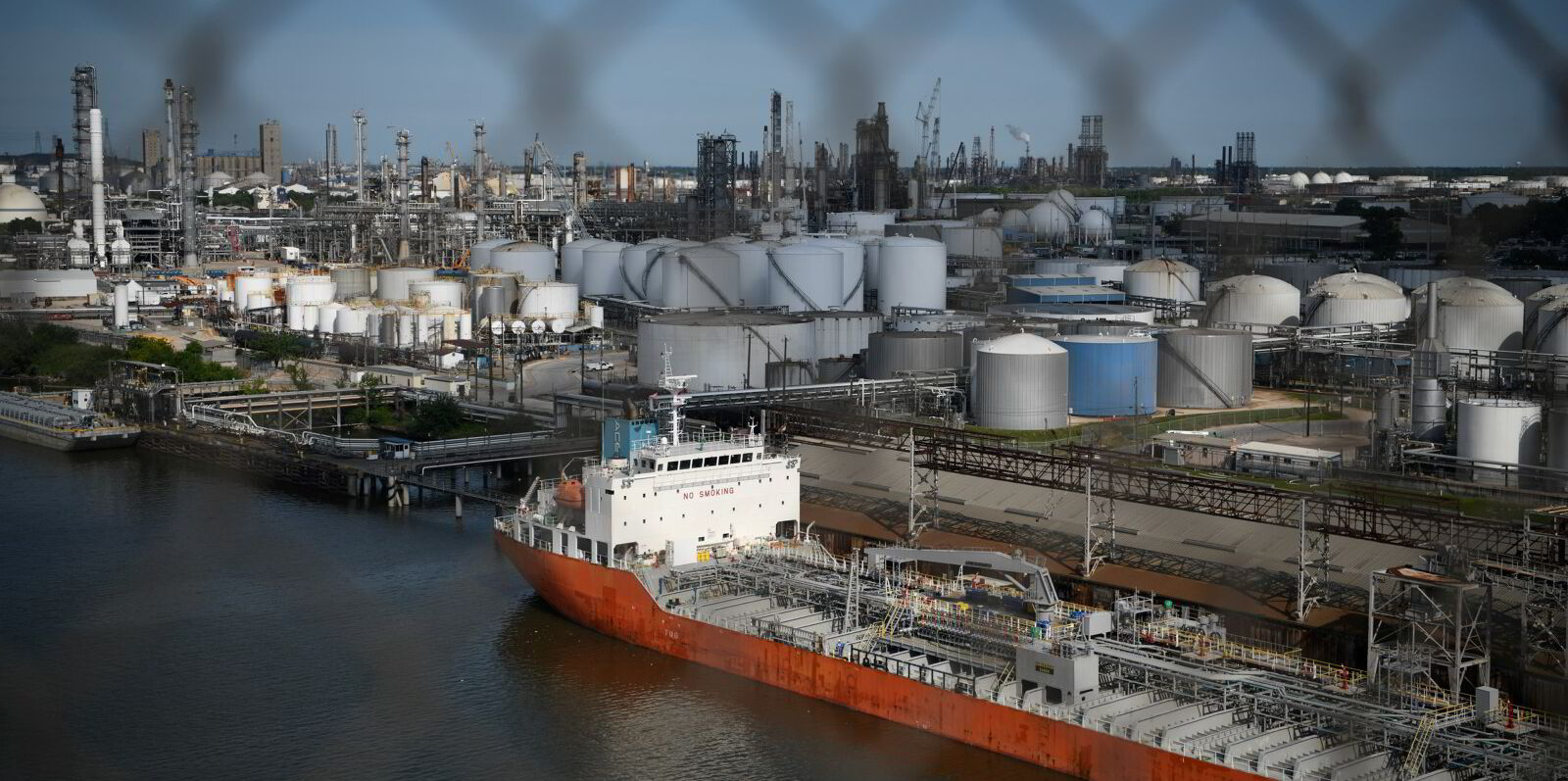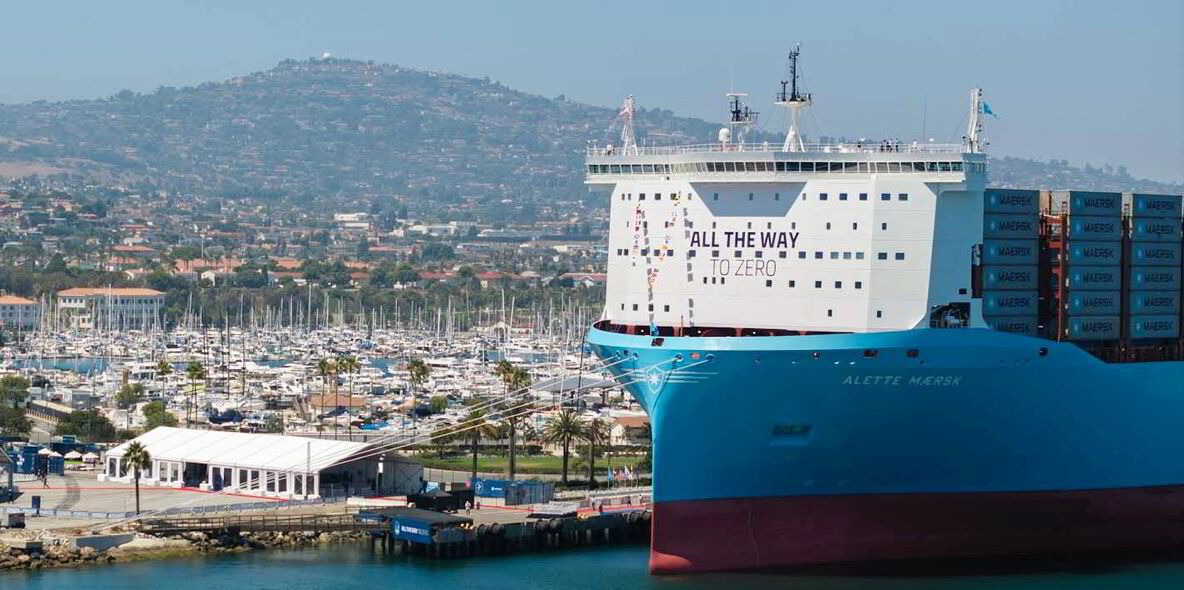It’s not easy being green, to quote Kermit the Frog, and when it comes to alternative fuels, it may be much easier, and cheaper, to be blue.
Energy and maritime industry experts believe shipping may take up blue fuels — those produced with fossil fuels in conjunction with carbon capture — before adopting much more expensive green fuels made from renewable energy.
That may be especially true here on the US Gulf Coast, where existing fossil fuel infrastructure combines with ample capacity to capture and sequester carbon.

Ten08 Energy, which is planning to build an ammonia plant in this region, is aiming to have it both ways — producing green and blue fuels at the same site.
The blue ammonia will be produced from the region’s abundant natural gas, with CO2 pumped into depleted oilfields.
Chief executive Jean Perarnaud said that, of the first production train’s 1.4 mtpa of capacity, all but 150,000 tonnes will be blue.
He said green ammonia is “way too expensive” to play a role in shipping on a large scale.
“Blue is the way to go, because with blue, and provided that we can demonstrate that Scope 3 emissions upstream are actually limited, we can achieve probably an 80% to 90% reduction in CO2 for a fraction of the cost,” Perarnaud said.
Cheaper and scalable
Navigator Gas executive vice president Randy Giveans said his company looked at several green and blue ammonia projects before deciding to invest in Ten08 Energy.
He agreed that US-produced blue ammonia makes the most sense.
“The price is much cheaper, and the scale is much greater,” Giveans said.
Julien Boulland, global market leader for sustainable shipping at classification society Bureau Veritas Marine & Offshore, said it will take a bigger regulatory push for the International Maritime Organization and European Union before either green or blue fuels take off.
While producing blue fuels has a high capital cost, developing green fuels necessitates even more expensive renewable energy infrastructure.
And carbon-heavy industries will be looking to capture the greenhouse gas.
“Either we inject it or we do something else with it — manufacture fuel,” Boulland said.

He sees blue fuels dominating the market for five to 10 years before green fuels take over.
Catalyst Technologies chief executive Maurits van Tol, whose company makes equipment for methanol and ammonia production, said blue fuels benefit from existing equipment at scale and existing supply chains.
Green’s small base
“When you look at green, it starts from a very small base,” he said. “It also means that prices will drop rapidly with scaling that industry, but it’s not there yet.”
Van Tol said there is a wait for electrolysers — the equipment that turns renewable electricity into hydrogen — and that drives up costs.
But the highest cost is the price of renewable electricity itself.
He believes the US Gulf Coast region is well placed for blue fuels thanks to advantages such as existing pipeline infrastructure.
“If I then look at the US, this is an ideal environment for blue hydrogen production because there is a lot of natural gas, and also the geology is such that you can store CO2 underground,” van Tol said.





